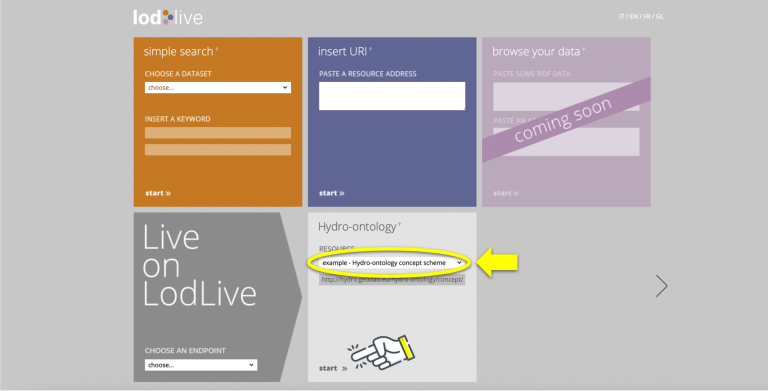WHOS Hydrological Ontology
The WHOS Hydrological Ontology contains concepts pertaining to the hydrology domain, their properties and relations between them. The WHOS Hydrological Ontology can be applied to improve hydrological data exchange and semantic interoperability at different scales, from local to global.
The WHOS Hydrological Ontology consists of:
- concepts from the Ontology of the Consortium of Universities for the Advancement of Hydrologic Science, Inc. (CUAHSI) with their preferred labels, that have been complemented with alternative labels (synonyms) including in different languages;
- relations between concepts;
- mappings of concepts to correspondent concepts that are present in the WMO Codes Registry.
The

WHOS Hydrological Ontology is a living resource that is constantly enriched, improved and updated.
To enable machine-to-machine interaction, the WHOS Hydrological Ontology is available through the SPARQL - semantic query language – endpoint (http://hydro.geodab.eu/hydro-ontology/sparql). Clients that are compliant with the SPARQL protocol can thus programmatically query the WHOS Hydrological Ontology.

To view the WHOS Hydrological Ontology, LodLive - a Resource Description Framework (RDF) graphic viewer tool - can be used (LodLive on GitHub). By connecting to a SPARQL endpoint of an ontology, LodLive makes its data easily accessible and legible in the form of graphical representations. In LodLive, concepts are represented as circles and relations between them as arrows.
To view the WHOS Hydrological Ontology in LodLive, please use the following link - http://hydro.geodab.eu/ontology-browser/hydro-ontology.html, choose "Example – Hydro-ontology concept scheme" as shown below, and click "start".

